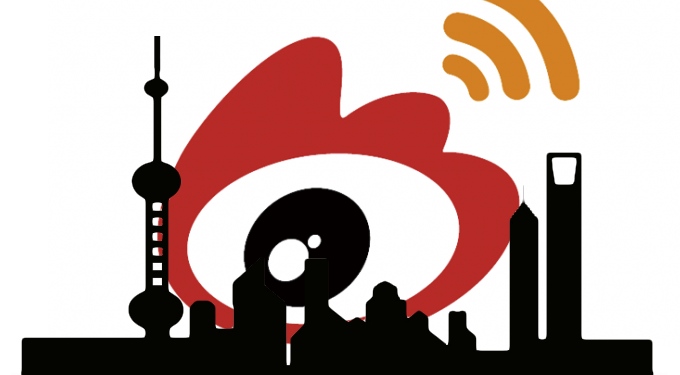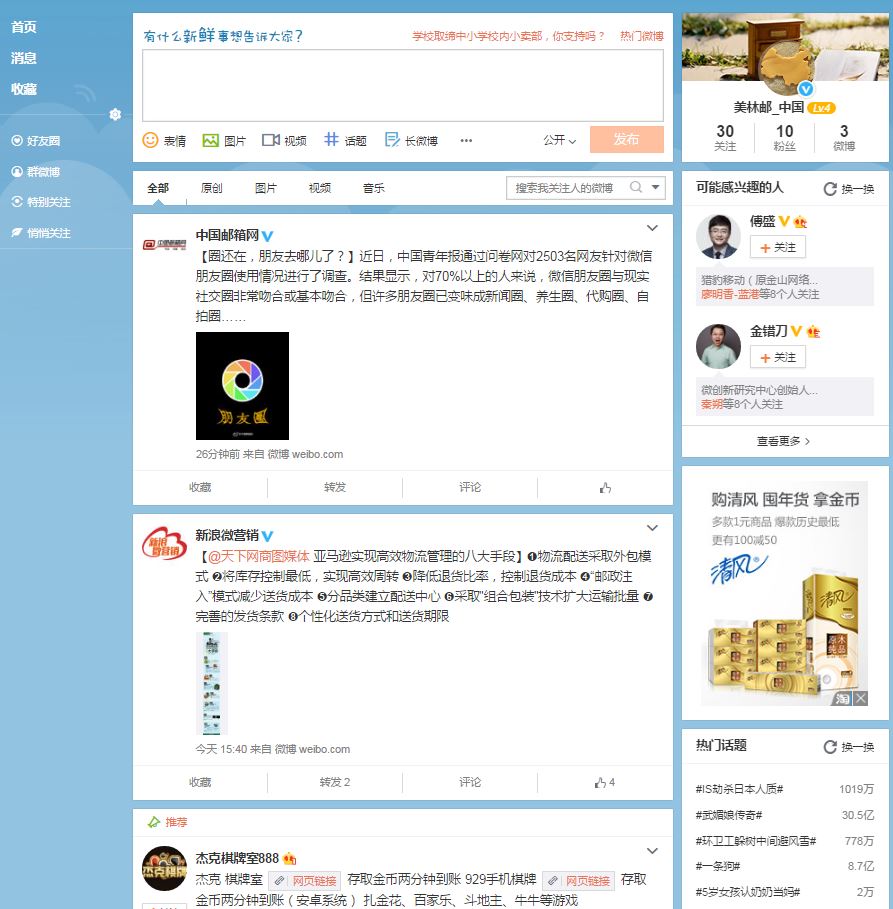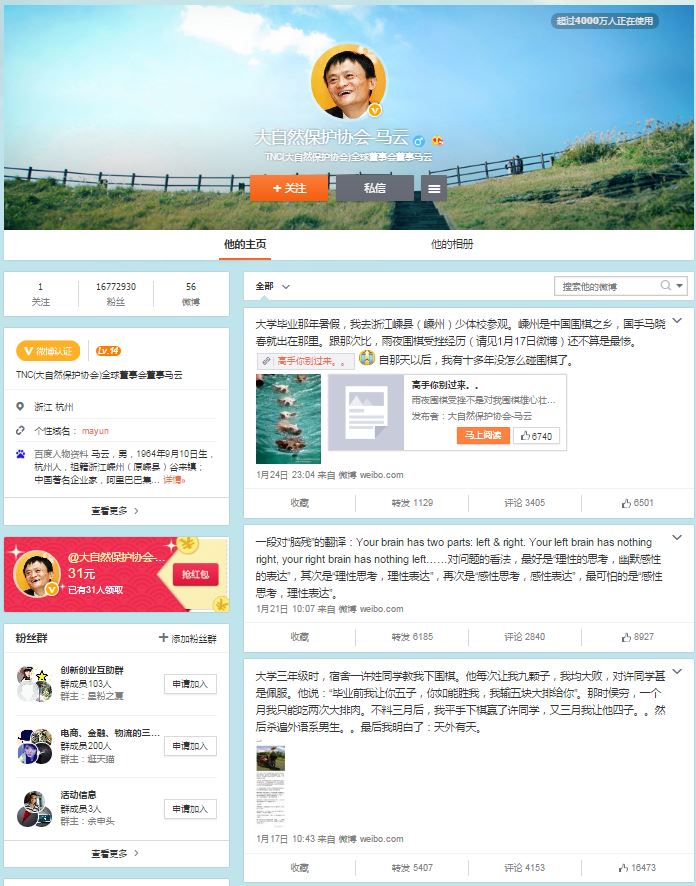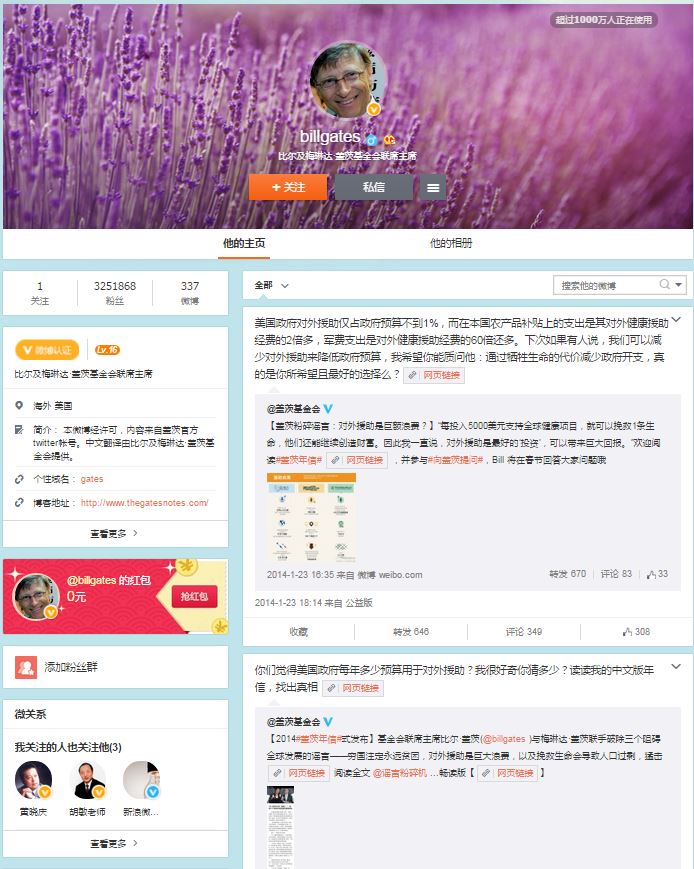Sina Weibo is a primary Chinese social media platform that is second only to mobile based WeChat in terms of number of subscribers and monthly active users.
Although, having lost some of the luster to WeChat, Weibo remains one of the most important channels in social media campaigns targeting Chinese market.
Also, from marketers’ standpoint it can be used in a different way and achieve different results compared to its Tencent’s rival.
I’ve covered those differences extensively in my previous posts on WeChat vs. Weibo Part I and WeChat vs. Weibo Part II.
This post is about the functionality of Weibo and how it used.
We start with the main Weibo features which can be seen as a combination of Twitter and Facebook/Google+ functionality:
Tweets
Tweets, or status updates, are limited to 140 characters limit. That number is clearly borrowed from Twitter and has little relevance in Chinese language. Clearly, one can pack much more content in 140 Chinese characters than with 140 English letters;
Referencing topics
Similar to Twitter and unlike Facebook, topics can be referenced with #hashtags. The only difference in Weibo is that #hashtags# should envelope a word from both sides;
Referencing people
Referencing other people or organisations with Weibo accounts is done with @, just like it is common with Facebook and Twitter. Reposts/retweets are done in the same way;
URL shortening
Most popular URL shortening services like bit.ly are blocked in China. All links are automatically shortened with Weibo’s own service t.cn;
Media
Almost all types of rich media can be inserted with posts. That includes graphics, sounds and videos;
Commenting
Commenting on posts is similar to Facebook with comments appearing below the posts. When quoting, users can choose to include the original post in the comment;
Here is an example of a home page of a corporate account:
Status update is at the top and this is where one can type in a message, insert emoticons and links as well as include pictures or videos.
Basic accounts statistics in top right corner shows the number of followers, number of accounts you follow and number of published tweets.
Blue V indicates that the account has been verified with blue Vs reserved for organisations and yellow Vs for individuals. Verification is an important process that Weibo encourages accounts to go through. In case of companies, it is pretty much the norm and required for almost any type of promotion activities on Weibo.
In the center, right below status update section, is the newsfeed section which is generated from either the followed accounts or sponsored ads.
On the right, there is a section featuring suggestions on the accounts to follow, they are automatically selected by Weibo based on your interests, topics you already follow as well as tweets history.
Here is an example of a corporate Weibo account of Alibaba Group:
Recently, Weibo has been cleaning up some design clutter and now the accounts look a bit more structured, although, some say, visually less interesting than in the past. The top part with the logo and cover image now resembles Google+ but the bottom is more in line with Facebook style, although the display panels with newsfeed and ads are reversed.
Here is another example of a celebrity personal page of Alibaba’s CEO Jack Ma:
In fact, the structures of both corporate and personal pages are very similar, however corporate accounts allow higher degree of design optimization. Next to the yellow V, indicating verified account, there is a king’s crown bestowed on people with large following. In the case of Jack Ma, over 16 million people are connected to him on Weibo.
Here is another such “royalty”, Microsoft’s Bill Gates, who is, indeed, enjoys full celebrity status in China.
Bill Gates is followed by an impressive 3.2 million people and is one of the most popular foreign celebrities on Weibo.
Stay tuned for my next post on the ways to leverage Weibo for brand promotion and how different marketing campaigns are setup and run on this platform.







